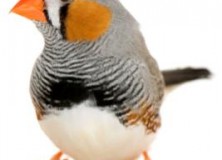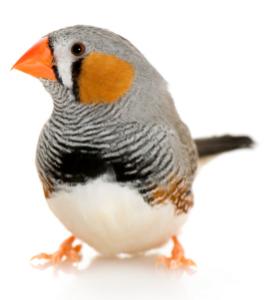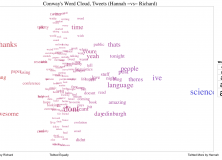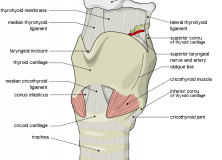Thought y’all might be interested in the below. Quite a lot of language evolution stuff going on and some big names.
DGfS Summer School – Language Development: Evolution, Change, Acquisition
Date: 12-Aug-2013 – 30-Aug-2013
Location: Humboldt-University Berlin, Germany
Meeting URL: http://www2.hu-berlin.de/dgfs_sommerschule/
Meeting Description:
We invite advanced students (M.A. or Ph.D. level) in Linguistics and related fields to attend this 3-week event in August 2013. It is co-organized by the Deutsche Gesellschaft für Sprachwissenschaft (DGfS), the Max Planck Institute for Psycholinguistics, and the Excellence Cluster 264 – TOPOI. The Summer School offers courses in different areas of linguistics, genetics, anthropology and archeology, which look at language from the point of view of language evolution, language change, and language acquisition. The courses will be taught by distinguished researchers from Germany, Europe and the USA. The summer school is of course also open to more advanced scientists who are interested in learning about language development. Language of instruction is English and German. For further information see the summer school’s website:
http://www2.hu-berlin.de/dgfs_sommerschule/
Courses (language evolution in bold):
The origins and evolution of language (Maggie Tallerman)
Empirical approaches to the cultural evolution of language (Hannah Cornish)
Genes and language: from molecules to linguistic diversity (Dan Dediu & Sonja Vernes)
Emergence and development of writing systems (F. Kammerzell)
Empirical approaches to the diversity and disparity of languages (Michael Dunn)
Mathematical and Computational Models of Language Evolution (Gerhard Jäger)
Linguistics und Human Prehistory (Paul Heggarty)
Sign Languages: Evolution and Change (Markus Steinbach)
Diachronic change in four millenia: the language history of Egyptian-Coptic (Daniel Werning)
Approaches to Historical Morphology and Syntax (Alice C. Harris)
Efficiency and extravagance in morphosyntactic change (Martin Haspelmath)
Semantic Change (Dirk Geeraerts)
Indo-European linguistics revisited (Silvia Luraghi)
In search of stability in language contact. (Pieter Muysken)
Diachronic Phonology (Ricardo Bermúdez-Otero & Silke Hamann)
The social foundation of language change (Daniel Schreier)
Sprachtheoretische und didaktische Aspekte des Schriftspracherwerbs (Christa Röber)
The acquisition of sign language: influences from modality and experience (Gary Morgan)
Theoretical and Empirical approaches to first language acquisition (Heike Behrens)
Language attrition and bilingual development (Monika Schmid)
Multimodal multilingualism: Gestures, second language acquisition, bilingualism (Marianne Gullberg)
Bilingualism and second language learning: Cognitive and neuropsychological perspectives (Janet van Hell)







